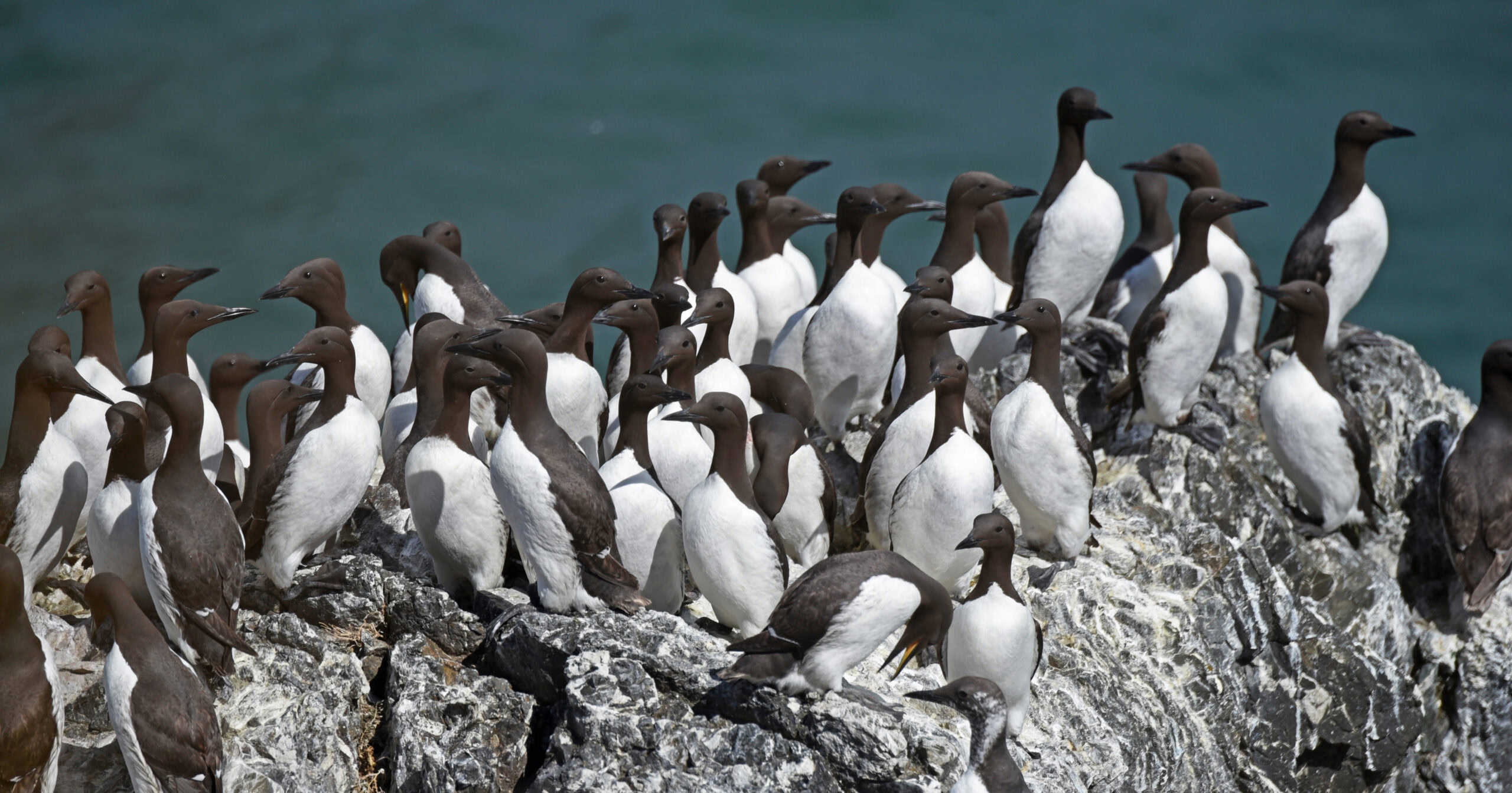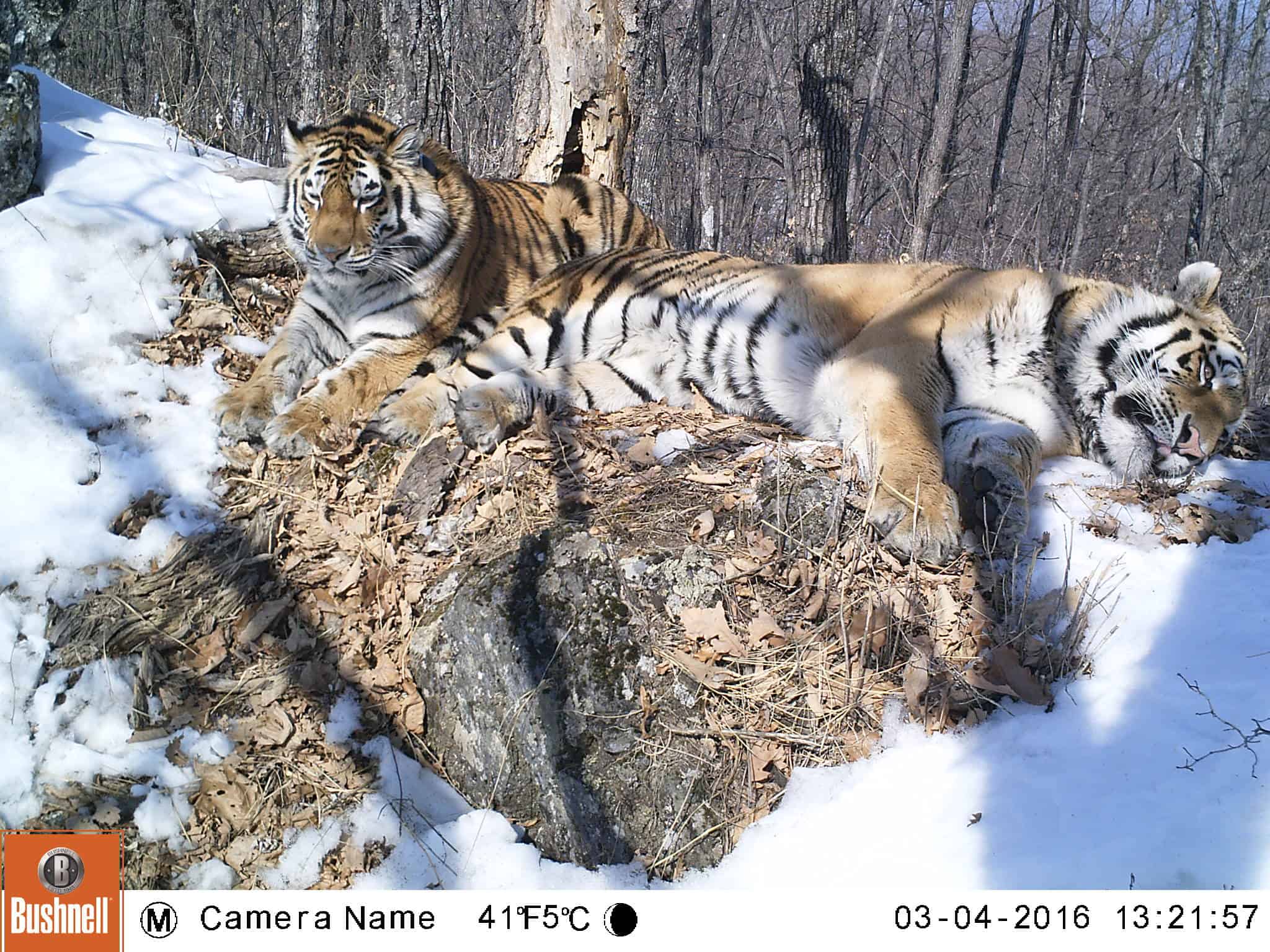Share this article
TWS shows support for import restrictions to address Bsal
The potential spread of Batrachochytrium salamandrivorans (Bsal) – a deadly chytrid fungus that has caused salamander die-offs in Europe – is the impetus for new proposed regulation of salamander importation. A species can be regulated under the Lacey Act if it is found injurious to wildlife or wildlife resources. Comments submitted by TWS Headquarters highlight the U.S.’s vulnerability to Bsal, the potential ramifications of introduced wildlife diseases, and the importance to wildlife professionals of preventing such introductions.
In Jan. 2016, the U.S. Fish and Wildlife Service (USFWS) put out a call for comments on a proposed injurious species listing that would restrict salamander transportation.
The comment period closed on Monday, Mar. 14, with 280 comments received. The Virginia Chapter of The Wildlife Society and TWS each submitted comments on behalf of wildlife professionals in support of the listing.
However, TWS headquarters acknowledged that preventing salamander importation and interstate transport only addresses one of several pathways into the U.S. for Bsal, which persists in moist environments for up to seven weeks. The USFWS cannot regulate contaminated materials (e.g. aquarium water) under the Lacey Act, and TWS headquarters recommends that new legislation be developed to address emerging wildlife diseases in a comprehensive way.
The Virginia Chapter’s comments likewise demonstrate support for the injurious species listing, and specifically cite the ban on interstate transport. Addressing a scenario in which the fungus arrives in the U.S., the Virginia Chapter emphasizes that the prohibition of interstate transport would assist in preventing it from moving into or out of the state.
The Conservation Affairs Network provides information on how you, your chapter, and your section can get involved in policy actions in the Policy Toolkit.
Header Image: ©Dave Huth








